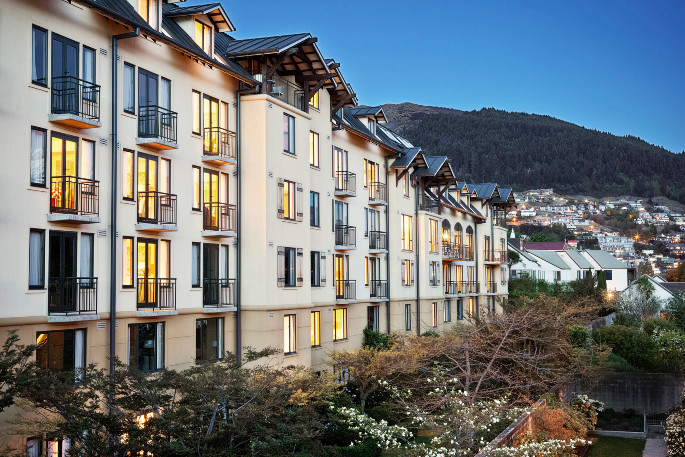This Content Is Only For Subscribers
In the evolving landscape of New Zealand’s hospitality industry, the February 2024 Performance Focus report highlights the challenges and positives experienced by hotels across the country.
February saw New Zealand’s hotels bracing against the tides of uncertainty, with occupancy rates reflecting a cautious optimism. While the nationwide occupancy rate dipped slightly to 61.7% compared to January’s 64.3%, this decline is attributed to seasonal variations rather than systemic issues. The South Island, in particular, experienced a notable increase in occupancy, showing a promising trend for the region.
Auckland
Auckland, hoteliers faced a challenging month as occupancy rates fell to 61.9%, a decrease from January’s 65.8%. The city’s tourism sector continues to grapple with the ongoing aftermath of pandemic-induced restrictions and international border closures. Despite concerted efforts to attract domestic visitors, Auckland’s hotel performance reflects the lingering effects of reduced international travel.
Rotorua and Queenstown
Conversely, Rotorua and Queenstown, emerged positively in February. Rotorua boasted an impressive 76.6% occupancy rate, demonstrating its allure as a domestic tourism hotspot. Queenstown, known as the adventure capital of New Zealand, also witnessed a surge in occupancy to 71.3%, reflecting its enduring appeal to both local and international travelers.
Trends in Room Revenue: While occupancy rates provide valuable insights into hotel performance, room revenue is a crucial metric for assessing financial viability. Despite fluctuations in occupancy, New Zealand’s hoteliers witnessed a 6.7% increase in average daily rate (ADR), reaching NZD$195.45 in February. This increase in ADR highlights the industry’s ability to maintain profitability even with evolving market conditions.



